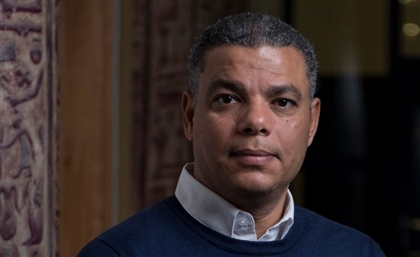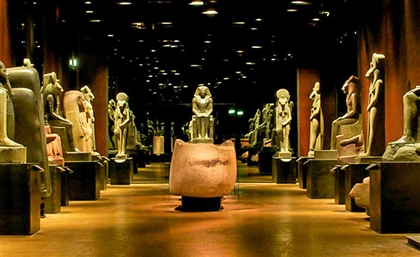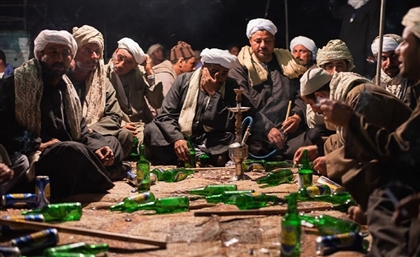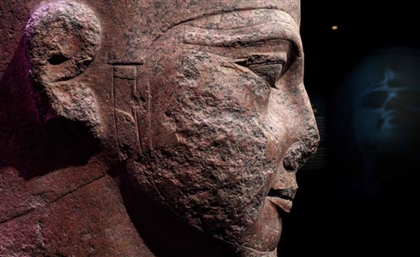The Louvre and British Museum to Assist In EGP 62 Million Renovation of The Egyptian Museum
And a host of other European museum are set to be involved, too.
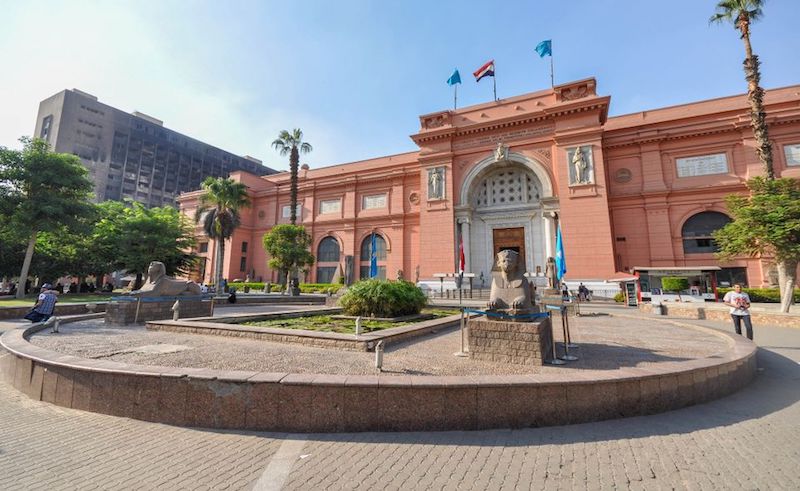
In a renovation plan funded completely by the European Union, The Egyptian Museum in Cairo's Tahrir Square is set undergo developments worth over EGP 62 million, according to The Art Newspaper, with the British museum and the Louvre among several European Museum's set to lend their expertise.
Dubbed 'Transforming the Egyptian Museum of Cairo', the project will see developments in areas such as collection management, communications and audience engagement.
Also supported by the Museo Egizio (Turin, Italy), the Ägyptisches Museum und Papyrussammlung (Berlin, Germany) and the Rijksmuseum Van Oudheden (Leiden, The Netherlands), the ambitious plan will see the British Museum aiding with advice on curating late period and Ptolemaic galleries as well as with developing audience engagement in terms of curating the new displays.
According to the Art Newspaper, a statement was made that the “British Museum conservation experts will assess the preservation of organic artefacts currently displayed in the lower galleries and provide training to conserve important painted tomb fragments.”
The 2,000-year-old Rosetta stone, which is on permanent display in the British Museum, will not however be returned to Egypt according to Egyptian and British officials.
Earlier last year, Director of the New Grand Egyptian Museum, Tarek Tawfik, had voiced his wishes of having the the Rosetta stone returned to Egypt but he clarified that no official request had actually been made.
Tawfik adds, “No official request has been made, or is being made, to seek the return of the Rosetta Stone. The repatriation of objects is not a priority for the Grand Egyptian Museum because of the sheer number of artefacts—more than 100,000—we will have on display when it opens in 2020.”
The Rosetta stone which has been in the British Museum since 1802, was first discovered during the Napoleonic campaign in Egypt in 1799. Dating back to 196BC, the stone slab is inscribed with three different dialects, hieroglyphics, demotic and Greek and helped in deciphering hieroglyphics.
Main Image: www.images.graph.cool.com




